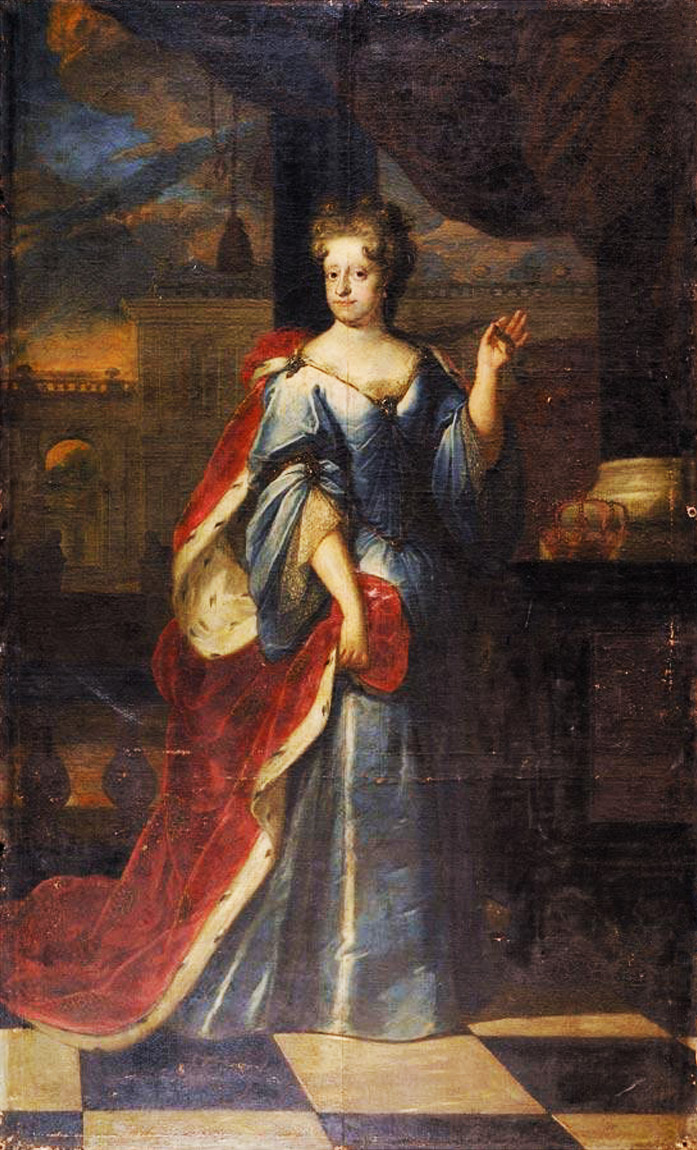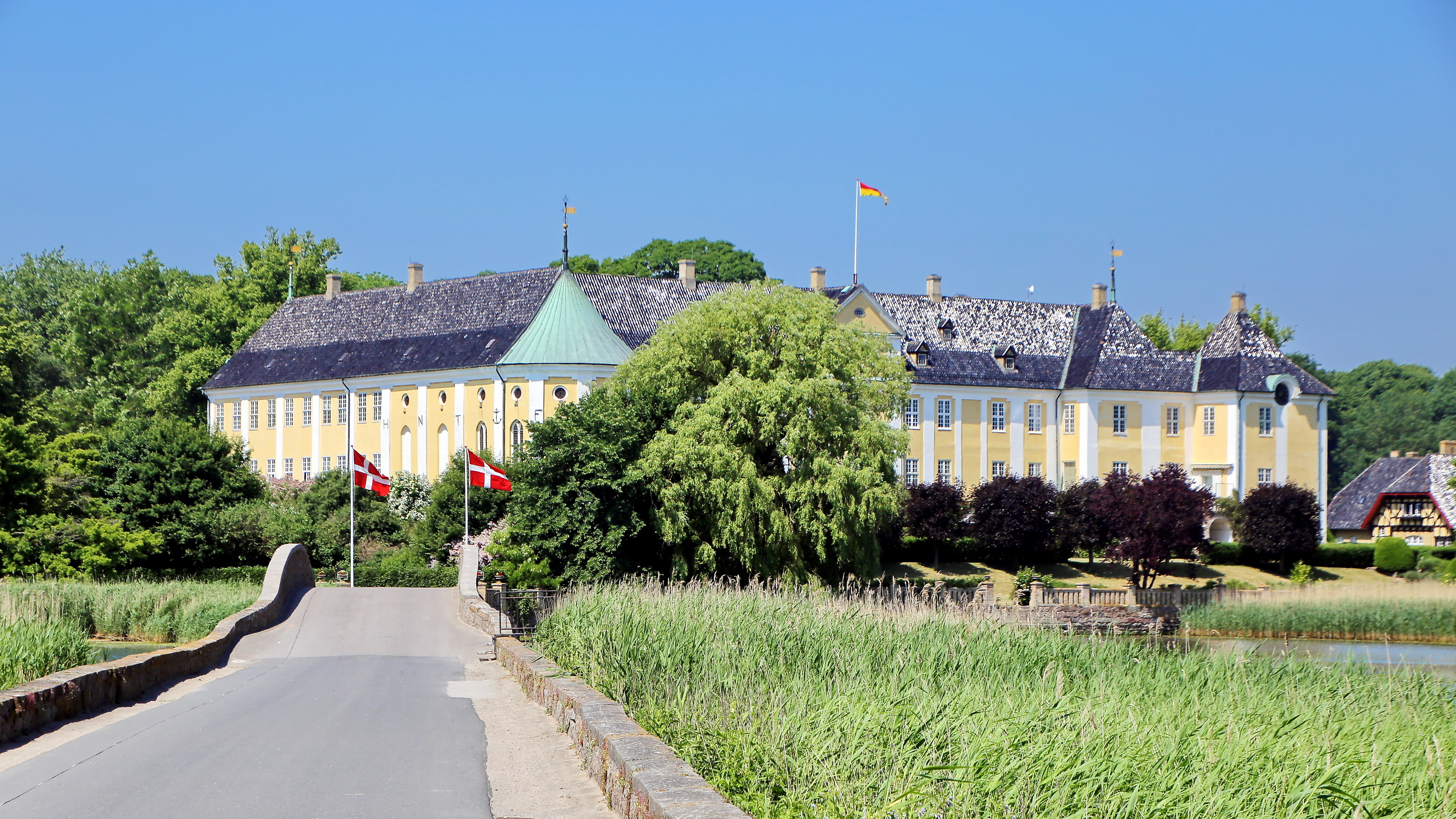|
HDMS Sophia Amalia
The ''Sophia Amalia'' was a ship of the Royal Dano-Norwegian Navy named after Sophie Amalie of Brunswick-Lüneburg, Sophia Amalia, the wife of King Frederick III of Denmark, Frederick III. Construction and design The ship was built at Hovedøya, Hovedøen in Oslo, Christiania under the direction of English shipbuilder James Robbins (shipbuilder), James Robbins and was launched in 1650. She was 51.8 meters long and at that time one of the largest naval vessels in the world. She was commissioned by King Christian IV of Denmark, Christian IV specifically to surpass the Kingdom of Great Britain, British ship . The ship was manned by a crew of 680 and had an armament of 108 guns, surpassing ''Sovereign of the Seas'' by eight guns. Captains *Rasmus Clemmensen 3 June 1667 *Simon Fochs de Boer May 1673 *Niels Juel August 1675 as head of vanguard in the Baltic Sea Fleet under Cort Adelaer with the admiral's flag raised in the Sophie Amalia *Gustavus Meyer (junior lieutenant on board in 168 ... [...More Info...] [...Related Items...] OR: [Wikipedia] [Google] [Baidu] |
Sophie Amalie Of Brunswick-Lüneburg
Sophie Amalie of Brunswick-Calenberg (24 March 1628 – 20 February 1685) was Queen of Denmark and Norway as the consort of the King Frederick III of Denmark. She is known for her political influence, as well as for her cultural impact: she acted as the adviser of her husband, and introduced ballet and opera to Denmark. Danske dronniger; fortaellinger og karakteristikker af Ellen Jorgensen og Johanne Skovgaard', Kobenhavn H. Hagerup, 1910 Life Early life Sophie Amalie was born at the Herzberg Castle, in Herzberg am Harz. Her parents were George, Duke of Brunswick-Calenberg, and Anne Eleonore of Hesse-Darmstadt. Nothing is known of her childhood. Sophie Amalie married Prince Frederick in Castle Glücksburg on 1 October 1643. The marriage was arranged in 1640, as it was considered suitable for the current situation of the groom: he was, at that point, archbishop of Bremen and not heir to the throne, and was not expected to succeed to the throne. It is believed to be a polit ... [...More Info...] [...Related Items...] OR: [Wikipedia] [Google] [Baidu] |
Christian IV Of Denmark
Christian IV (12 April 1577 – 28 February 1648) was King of Denmark and Norway and Duke of Holstein and Schleswig from 1588 until his death in 1648. His reign of 59 years, 330 days is the longest of Danish monarchs and Scandinavian monarchies. A member of the House of Oldenburg, Christian began his personal rule of Denmark in 1596 at the age of 19. He is remembered as one of the most popular, ambitious, and proactive Danish kings, having initiated many reforms and projects. Christian IV obtained for his kingdom a level of stability and wealth that was virtually unmatched elsewhere in Europe. He engaged Denmark in numerous wars, most notably the Thirty Years' War (1618–1648), which devastated much of Germany, undermined the Danish economy, and cost Denmark some of its conquered territories. He rebuilt and renamed the Norwegian capital Oslo as ''Christiania'' after himself, a name used until 1925. Early years Birth and family Christian was born at Frederiksborg Cas ... [...More Info...] [...Related Items...] OR: [Wikipedia] [Google] [Baidu] |
Ships Of The Royal Dano-Norwegian Navy
A ship is a large watercraft that travels the world's oceans and other sufficiently deep waterways, carrying cargo or passengers, or in support of specialized missions, such as defense, research, and fishing. Ships are generally distinguished from boats, based on size, shape, load capacity, and purpose. Ships have supported exploration, trade, warfare, migration, colonization, and science. After the 15th century, new crops that had come from and to the Americas via the European seafarers significantly contributed to world population growth. Ship transport is responsible for the largest portion of world commerce. The word ''ship'' has meant, depending on the era and the context, either just a large vessel or specifically a ship-rigged sailing ship with three or more masts, each of which is square-rigged. As of 2016, there were more than 49,000 merchant ships, totaling almost 1.8 billion dead weight tons. Of these 28% were oil tankers, 43% were bulk carriers, and 13% were cont ... [...More Info...] [...Related Items...] OR: [Wikipedia] [Google] [Baidu] |
1650s Ships
Year 165 ( CLXV) was a common year starting on Monday (link will display the full calendar) of the Julian calendar. At the time, it was known as the Year of the Consulship of Orfitus and Pudens (or, less frequently, year 918 ''Ab urbe condita''). The denomination 165 for this year has been used since the early medieval period, when the Anno Domini calendar era became the prevalent method in Europe for naming years. Events By place Roman Empire * A Roman military expedition under Avidius Cassius is successful against Parthia, capturing Artaxata, Seleucia on the Tigris, and Ctesiphon. The Parthians sue for peace. * Antonine Plague: A pandemic breaks out in Rome, after the Roman army returns from Parthia. The plague significantly depopulates the Roman Empire and China. * Legio II ''Italica'' is levied by Emperor Marcus Aurelius. * Dura-Europos is taken by the Romans. * The Romans establish a garrison at Doura Europos on the Euphrates, a control point for the commercial r ... [...More Info...] [...Related Items...] OR: [Wikipedia] [Google] [Baidu] |
Gavnø
Gavnø is a small island off the west coast of Zealand in Næstved Municipality, Denmark. Located some 6 km south-west of Næstved, it has an area of 5.6 km2, and, as of 1 January 2010, it has a population of 57. Gavnø Castle Gavnø is now associated mainly with Gavnø Castle, an impressive Rococo manor house with an attractive park. The park surrounding the estate is known for its rare trees, rose garden and, above all, its extensive display of bulbs. The first historical mention of Gavnø is in King Valdemar's census book from 1231. The main building was built in 1402-1408, expanded in 1584-1663-1682 and remodeled to the current Rococo manor in 1755-1758. The manor house was apparently built to defend Denmark's western coasts. In the 15th century, Queen Margaret I opened St Agnes' Priory there, catering for nuns from aristocratic families. The chapel can still be seen in the castle's southern wing although it has since been extended. In 1737, Count Otto Thott ... [...More Info...] [...Related Items...] OR: [Wikipedia] [Google] [Baidu] |
Ship Of The Line Sophia Amalie, Pic2
A ship is a large watercraft that travels the world's oceans and other sufficiently deep waterways, carrying cargo or passengers, or in support of specialized missions, such as defense, research, and fishing. Ships are generally distinguished from boats, based on size, shape, load capacity, and purpose. Ships have supported exploration, trade, warfare, migration, colonization, and science. After the 15th century, new crops that had come from and to the Americas via the European seafarers significantly contributed to world population growth. Ship transport is responsible for the largest portion of world commerce. The word ''ship'' has meant, depending on the era and the context, either just a large vessel or specifically a ship-rigged sailing ship with three or more masts, each of which is square-rigged. As of 2016, there were more than 49,000 merchant ships, totaling almost 1.8 billion dead weight tons. Of these 28% were oil tankers, 43% were bulk carriers, and 13% were co ... [...More Info...] [...Related Items...] OR: [Wikipedia] [Google] [Baidu] |



